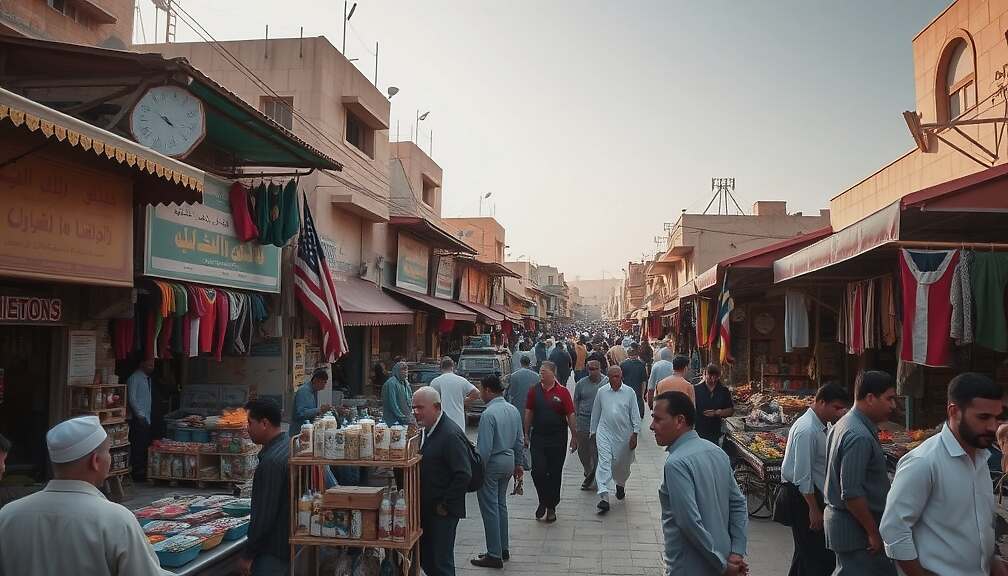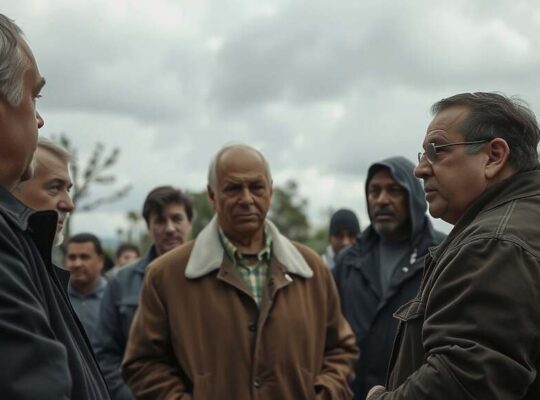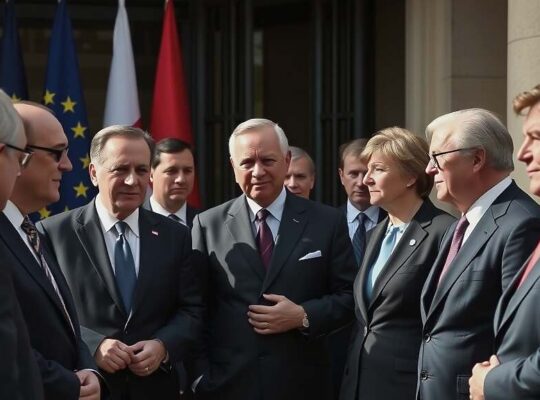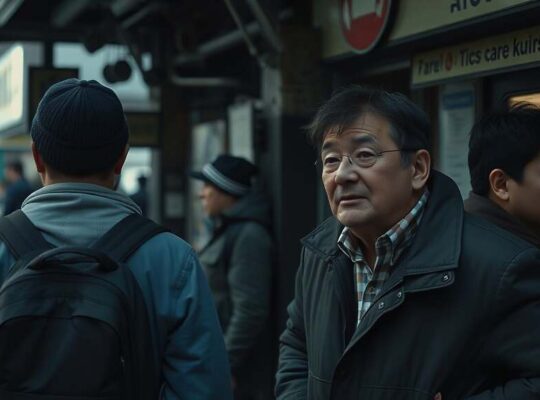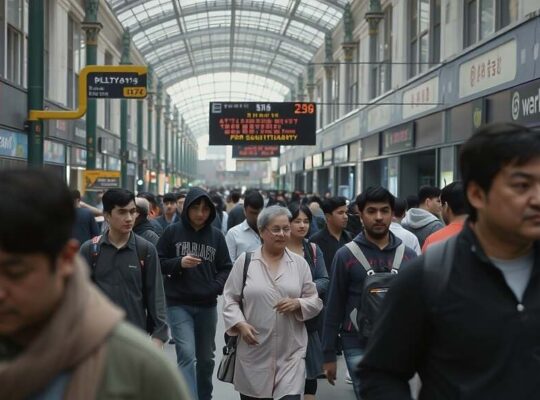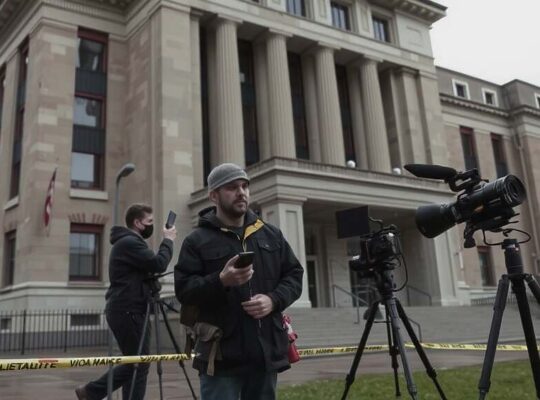The brief but highly orchestrated visit of US President Donald Trump to Israel has been framed as a watershed moment for the region, sparking both celebrations and underlying political tensions. During a speech delivered before the Knesset, Trump declared the current ceasefire between Israel and Hamas marks “the beginning of a golden age” for Israel and the broader Middle East, characterizing it as the dawning of a new era based on faith, hope and divine intervention.
The visit served as a carefully managed display of transatlantic alignment, with Israeli Prime Minister Benjamin Netanyahu lavishing praise upon Trump, hailing him as a monumental figure destined for historical recognition alongside humanity’s greats. Netanyahu specifically lauded Trump’s peace plan, suggesting it provides a pathway to expanded regional peace – a plan widely criticized for its pro-Israel bias and perceived disregard for Palestinian statehood.
Opposition leader Jair Lapid further amplified the fanfare, publicly advocating for Trump’s retroactive awarding of the Nobel Peace Prize, a sentiment intended to bolster Trump’s image as a peacemaker despite significant doubts within the international community.
The Knesset itself transformed into a stage for political theater, with attendees sporting red baseball caps emblazoned with “Trump the peace president” and Trump receiving extended standing ovations. He was formally introduced as “the best friend Israel has ever had in the White House” highlighting the deep-seated and potentially strategically advantageous, political relationship between the two nations.
However, the event was not without disruption. A brief interruption by a left-wing Knesset member, swiftly and visibly removed by security personnel, underscored the presence of dissenting voices. Trump’s subsequent endorsement of this forceful removal – describing it as “very efficient” – demonstrated a familiar and arguably concerning, tolerance for silencing opposition.
Trump’s subsequent departure for Sharm el-Sheikh, Egypt, to participate in a “Middle East peace ceremony” casts a spotlight on the performative nature of the current diplomatic efforts. While the ceasefire represents a vital reprieve from violence, the enthusiasm surrounding Trump’s visit and the selective narratives employed to portray him as a central architect of peace, risk obscuring the complex and deeply entrenched political challenges that continue to plague the region. The potential for genuine, sustainable peace, addressing the core grievances of both Israelis and Palestinians, remains questionable amidst the carefully constructed rhetoric and politically motivated celebrations.


